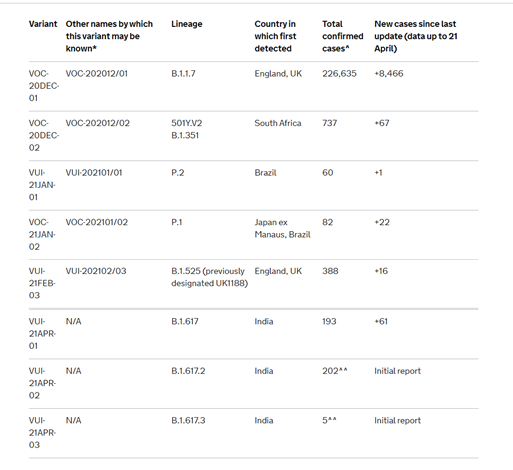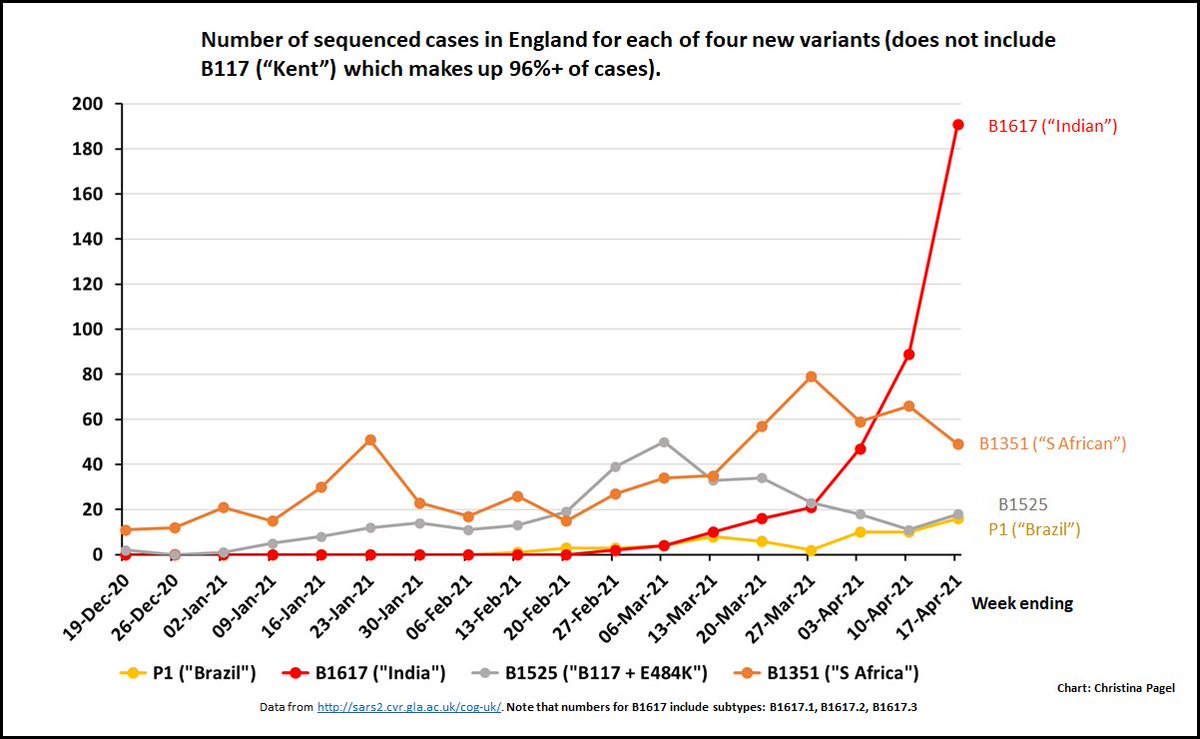
THREAD:
New paper led by @SarahESeaton from the @DEPICT_Study team - we analysed over 9,000 transports of critically sick children from local hospitals to paediatric intensive care units...
DEPICT, led by @pic_pram , has been such a great study to work on. 1/6
New paper led by @SarahESeaton from the @DEPICT_Study team - we analysed over 9,000 transports of critically sick children from local hospitals to paediatric intensive care units...
DEPICT, led by @pic_pram , has been such a great study to work on. 1/6
There are two main ways you can do this: "scoop and run" where you get the child to PICU as fast as possible or "stabilise first" where you spend some time (often hours) at the local hospital treating the child there before transport. 2/6
Of course it's not quite that simple - for very sick children you just *have* to stabilise at the local hospital before transport, so patients with longer stabilisation times tend to be sicker.
Once you account for that there is no significant difference in mortality 3/6
Once you account for that there is no significant difference in mortality 3/6

We also looked at whether the leader of team sent to the retrieve the child makes any difference - lead could be a consultant, junior doc or an advanced nurse practitioner. Consultants tend to go out to most serious cases.
Once that is adjusted for, again no difference. 4/6
Once that is adjusted for, again no difference. 4/6

The final thing we looked at was whether a critical incident happend during the transport. Unsurprisingly perhaps, a critical incident involving the child was associated with higher mortality.
But not - thankfully - incidents with equipment or the ambulance. 5/6
But not - thankfully - incidents with equipment or the ambulance. 5/6

Overall this means that the different and dynamic ways transport services have had to adapt to serve their patients have not, using this national data, impacted the survival outcomes of critically ill children.
full BMC Paediatrics paper here:
link.springer.com/epdf/10.1186/s…
6/6
full BMC Paediatrics paper here:
link.springer.com/epdf/10.1186/s…
6/6
• • •
Missing some Tweet in this thread? You can try to
force a refresh

















